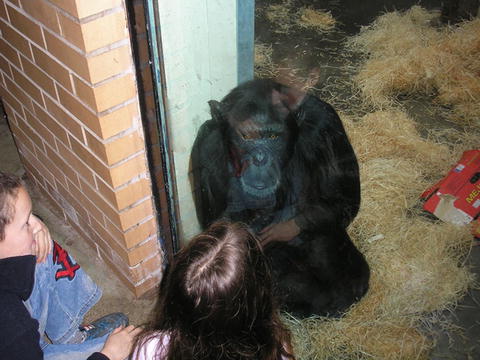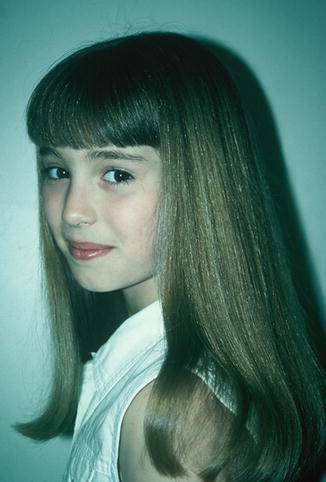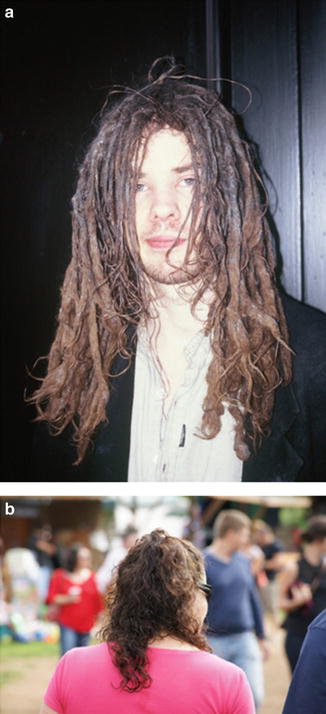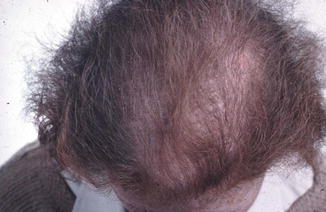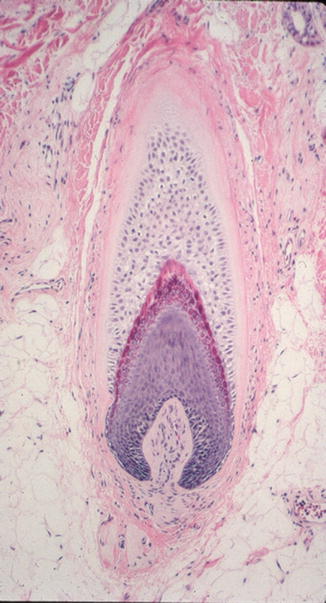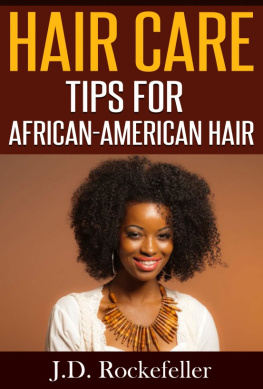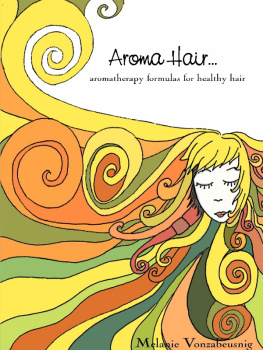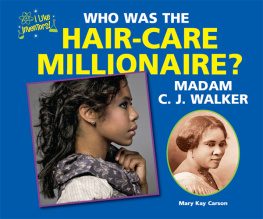Hair in good health is of critical importance to many mammals, all of whom possess skin studied with hair follicles. The arctic survival properties imbued by the pelt of the polar bear and the camouflage afforded to the African Springbok bear testimony to this.
Humans belong to an only recently evolved group of mammalsthe primates. Of the hair of our extinct hominid ancestors who bestrode the planet some 46 million years ago we can but surmise. Modern humans (homo sapiens) evolved in East-Africa as recently as 200250,000 years ago. Todays six billion plus humans all evolved from a common female ancestor (African Eve) who lived about 120,000 years ago. No evidence of the nature (phenotype) of her hair is known but the science of genetics has enabled us to peer back into the past and make some assumptions about the evolution of human hair and its role in todays world.
Compared to our immediate relatives, the great apes, we appear, mistakenly, almost hairless. In reality human skin carries 25 million hair follicles but as a species we have adapted to our environment by concentrating hair growth primarily to selected areas. The head is the most important but as part of our evolutionary path we still bear visible hair in areas associated with scenting and reproduction (Fig. ).
Fig. 1.1
Pan troglodytes (Chimpanzee) and young of the Homo sapiens species. Body hair in good condition is important to the former: scalp hair to the latter
Many mammals invest 30 % of their dietary protein in the manufacture of hair. Humans invest extraordinary amounts of protein even at a young age in growing scalp hair to a greater length than any other mammal. Sadly, failure to care for this precious commodity can place an individual outside of the common herd (Figs. ).
Fig. 1.2
Female aged, 7 massive amounts of protein to manufacture a signaling device of youth and health
Fig. 1.3
Sadly, failure to care for our precious commodity can ( a ) place an individual outside of the common herd or ( b ) just appear dirty and which may convey a wider social message
The length of an individuals hair depends on the duration of continuous growth (anagen). Only the merino sheep has a comparable duration, although this is artificially induced by selective breeding.
Human hairs function may be that of a critical signaling device, conveying both age and health and even social status to others of the species. In prime condition it can act as a powerful beacon of sexual attraction: in a damaged or disheveled statequite the reverse.
It is deep in the skin that the mysteries of hair beginwithin the hair follicle.
Human Hair and the Follicle
This publication focuses primarily on the hair shaft. However, consideration of where the visible hair originates and what influence the follicle has on hair health is not unimportant.
The Hair Follicle
By definition a follicle is a mammalian skin organ that produces hair. It contains many of the complex biological systems found throughout the body and is a reservoir of stem cells which can produce either hairs or skin. These attributes infer the fundamental importance of such tiny organs to the body as a whole and reflect our mammalian heritage where fur and pelts are essential to survival.
Of the 25 million hair follicles on the human body, those on the scalp are the most fascinating and important in our lives. Possibly as a mark of its importance, the hair follicle has, like the eye, brain, and male human reproductive organs, been granted immune privilege wherein it is protected from attack by our own immune system. It is believed that when this privilege breaks down, the condition alopecia areata can develop (see Chap. ).
Types of Follicle
In infancy, hair follicles over the body are generally small although those on the scalp produce significant hairs.
After puberty and under the influence of sex hormones, selected follicles enlarge and develop sebaceous glands and terminal hairs are produced on other body areas, although there are large inter and extra regional differences. These large and heavily pigmented hairs are described as terminal hairs.
Of the 100,000150,000 scalp follicles, between 75 and 90 % produce terminal hairs. The associated sebaceous glands deliver sebuma natural mixture of triglycerides, wax esters, and squalene. This helps to maintain the integrity of the scalp and has both protective and thermoregulatory properties.
The remaining 1025 % of scalp follicles are small and produce fine vellus hairs.
The Terminal Hair Follicle
The terminal hair follicle is not a static organ but undergoes a series of recurrent and prolonged metabolic spurts in which hair is produced. This is followed by a period of involution and a short rest (where usually an old hair is shed) and by another period of prolonged activity when a new hair is grown.
In this section we refer to the anatomy of the follicle during the active growing phase (anagen) and describe later how the anatomy changes as active growth ceases and hairs are shed.
The terminal hair follicle produces a thick and pigmented hair. In the active growing phase (anagen) the follicle consists of a central command center deep in the dermis (the papilla) and highly active cells (the matrix) derived from stem cells. The matrix is responsible for creating the hair shaft and the lining of the follicle (the root sheath).
The Papilla
The ).
Fig. 1.5
The dermal papilla surrounded by the hair matrix
The Matrix
Encasing the papilla, the matrix is a collection of specialized skin ).
The hair matrix epithelium is one of the fastest growing cell populations in the human body, and is particularly susceptible to ).
Root Sheath
The root sheath is essentially the lining of the follicle in which the hair grows towards the surface. It is composed of an external and an internal root sheath which is continuous with the outermost layer of the hair fiber. In the upper portion of the follicle a small and probably vestigial muscle inserts into the external sheaththe arrector pili muscle. Above this, the sebaceous gland empties into the space around the hair shaft.
